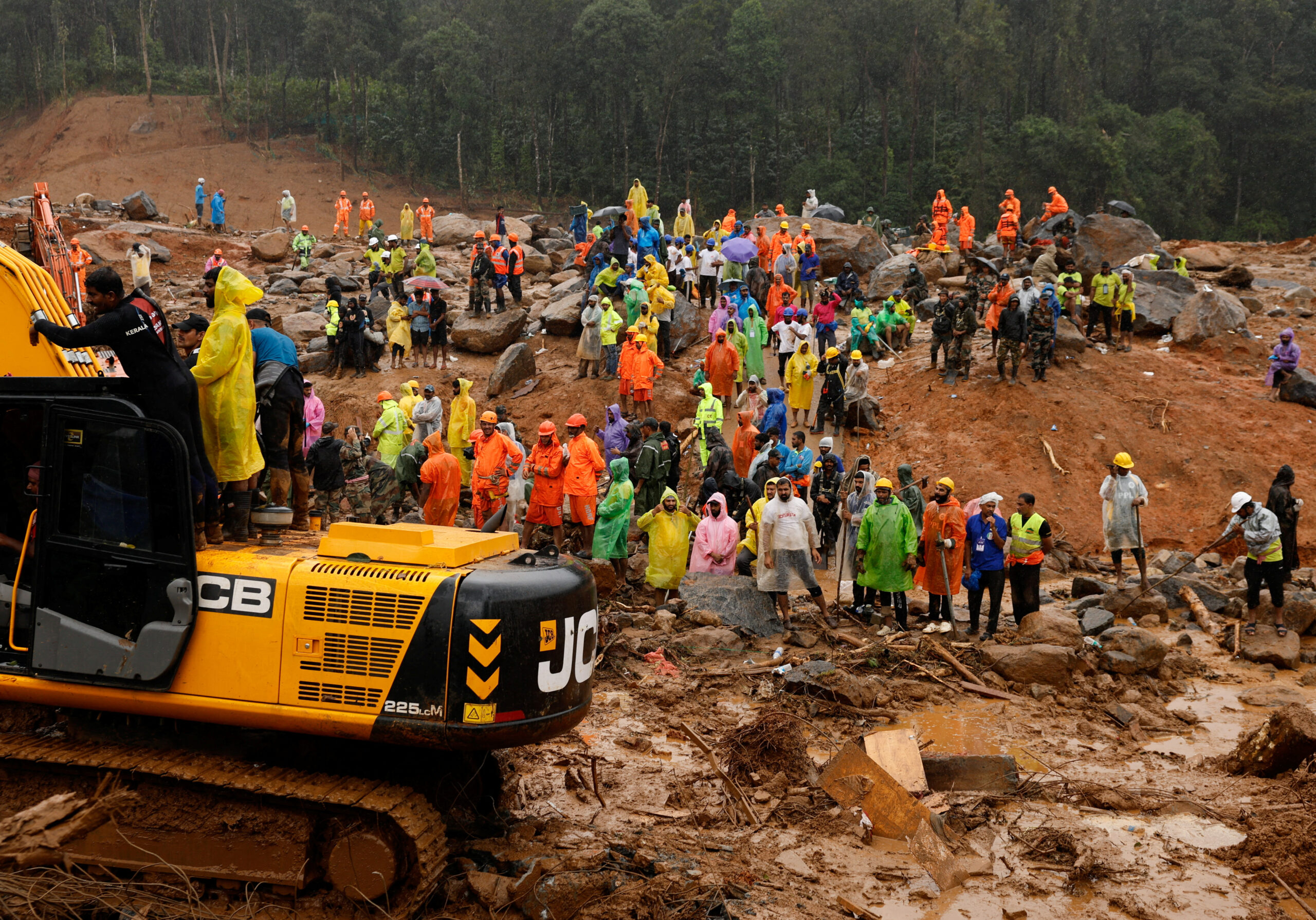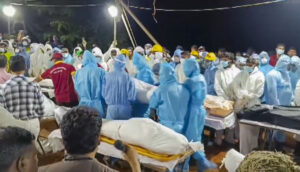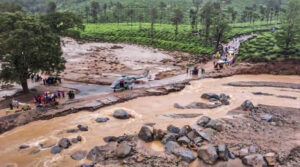- Sunday, April 20, 2025
Samples from the blood relatives are collected for the DNA testing in order to identify the dead bodies and body parts

By: Shajil Kumar
THE DEVASTATING landslides in Chooralmala and Mundakkai in Wayanad district on July 30 happened while the residents were fast asleep and in a matter of few minutes, hundreds of households in the two hamlets got washed away.
Some of the bodies were recovered nearly 25 km downstream of Chaliyar river that flows through neighbouring Kozhikode and Malappuram districts.
While the official death toll stands at 225, the unofficial figure is nearly double the number. To date, 233 funerals have been held and autopsies of over 400 body parts have been conducted, Onmanorama.com reports.
The Kerala government has initiated steps to identify the missing people by collecting the blood samples of survivors and relatives for DNA analysis.

The Civil Supplies Department has started collecting the details of ration cards, the Aadhaar number, and linked phone numbers to match the dead bodies and body parts that are yet to be identified.
The samples, from the blood relatives, are collected for DNA testing to identify the dead bodies and body parts which are yet to be identified.
Each body part is sampled, numbered, and sent for DNA testing. While building DNA profiles from intact samples is relatively easier, it becomes a challenge in decomposed bodies. In such cases, the thigh bone is used to create DNA profiles.
These DNA profiles are then compared with the profiles provided by the relatives.
As many as 96 samples can be loaded in one machine at a time and the process can be completed in 24 hours. However, the analysis of bone samples may take some more time, Onmanorama.com said quoting officials.
Two collection camps are functioning at Meppadi where blood samples are being collected from people in the relief camp and from those who have reported missing cases.
When relatives come to identify the missing bodies and are not able to find their family members, their samples are collected for DNA analysis.

The DNA testing is being done at Kannur Regional Forensic Lab of Kerala Police.
It’s a complex, but very significant, humane task we have undertaken to honour the people who have lost their lives and their close relatives, Kerala revenue minister K Rajan told Onmanorama.com.
He explained that following DNA sampling of an unidentified body it is assigned a unique identification number.
This is then inserted in a plastic bottle which is enclosed in the grave along with the body. A small board is placed atop the grave carrying the same number.
Once the matches are obtained, the survivors will know where their dear ones are buried, he added.
On August 5, there was a mass burial of unidentified bodies and body parts at a plantation near the disaster site.